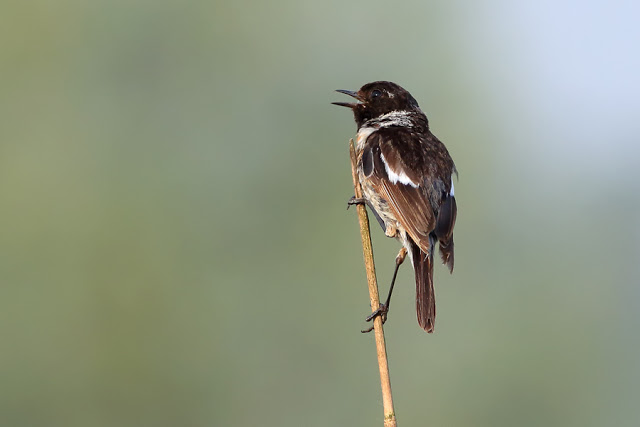Our popular birdwatching site looked like a true birds’ paradise in mid-May. Everything was green, there were all kinds of birds singing in the wetland, some were already nesting, others were rushing to arrange and build their nests.
In addition to the nesting birds, other species which do not nest here but only come for the food can also be spotted. Besides the most numerous herons, the common kingfisher regularly hunts here.

Among the migrants, which had chosen marginal shrubs as their nesting site, the marsh warblers were the loudest.

Then came this year's Indian summer. The drought did not even spare the water in the oxbow lake, which was visibly declining day by day. The common moorhens led their offspring along the increasingly exposed shoreline.

The wetland is occasionally visited by special, rarer guests.

The squacco heron and the purple heron.

When there were only a few centimetres of water left, the oxbow lake became a stop for more short-legged shorebirds. For a while, the green sandpipers stayed there.

At the beginning of July, only a mud puddle remained of the lake. The little ringed plovers arrived.

By the end of July, all the water had disappeared from the lake. All in all, it was more like a desert than a wetland. Adult little ringed plovers were joined by this year's offspring.

The dry and cracked earth also offered food to this year's white wagtails.

In August, our ‘wetland’ looked pretty deserted and abandoned. In the peripheral shrubs and rush, only the common stonechats remained. They seemed quite tousled and neglected.

With the first large rainfall in September, the dried oxbow lake slowly began to fill and will until the next nesting season probably be restored to its full shape, to finally greet its guests.



